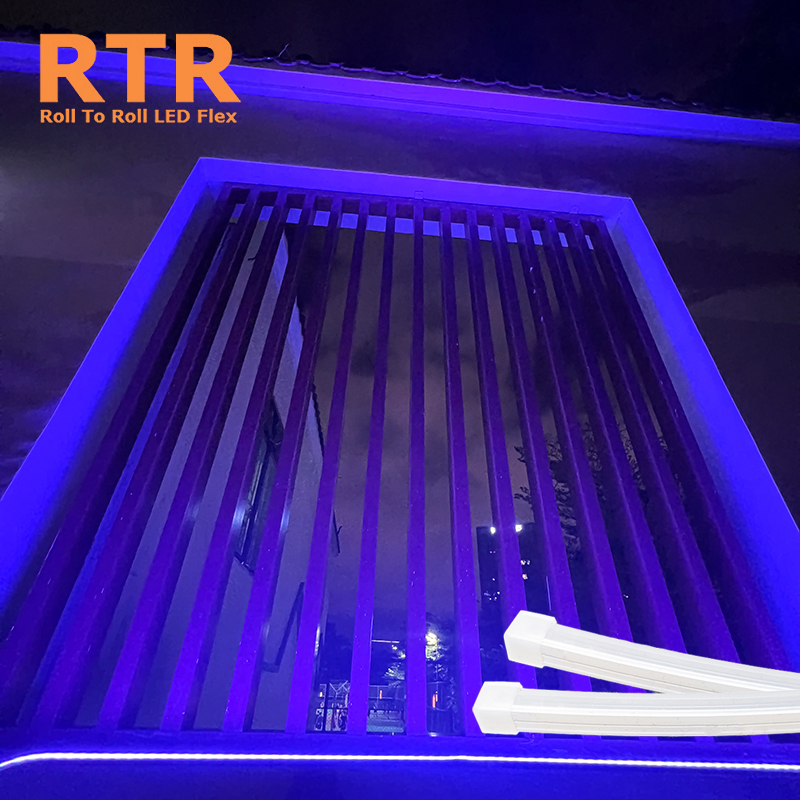Introduction
RGB wall washers have become increasingly popular in recent years due to their ability to produce a wide range of colors by mixing red, green, and blue light. However, some people have noticed that these fixtures tend to operate at lower temperatures than white wall washers. This article aims to explain why this is the case.
The Science behind Light and Color
To understand why RGB wall washers operate at lower temperatures than white wall washers, it is important to first understand the science behind the generation of light and color. Light is a form of electromagnetic radiation that travels through space in waves. The wavelength of the light determines its color, with shorter wavelengths corresponding to blue and longer wavelengths corresponding to red. White light is a combination of all the colors in the visible spectrum.
How RGB Wall Washers Work
RGB wall washers contain three different types of LED chips: red, green, and blue. A microprocessor controls these chips and adjusts the intensity of each color to create a wide range of hues. By mixing different amounts of red, green, and blue light, the fixture can produce any color in the visible spectrum.
Why RGB Wall Washers Operate at Lower Temperatures
RGB wall washers operate at lower temperatures than white wall washers because they use less power to produce the same amount of light. White light requires all the colors in the visible spectrum to be present in equal amounts, which means that white wall washers must use more power to produce the same amount of light as an RGB fixture. This increased power consumption leads to higher temperatures.
In contrast, RGB wall washers only need to produce a fraction of the total amount of light that white wall washers produce because they only need to produce the specific colors that are desired. This lower power consumption results in lower temperatures.
The Importance of Heat Dissipation
While RGB wall washers operate at lower temperatures than white wall washers, they still generate heat that must be dissipated to prevent damage to the fixture and surrounding materials. To achieve this, designers incorporate heat sinks and other cooling mechanisms into RGB wall washers, which help to dissipate heat away from the LEDs.
Conclusion
In conclusion, RGB wall washers operate at lower temperatures than white wall washers because they use less power to produce the same amount of light. This lower power consumption results in lower temperatures, which can help to extend the lifespan of the fixture and prevent damage to surrounding materials. However, it is still important to ensure effective heat dissipation to ensure the safe and reliable operation of the fixture.

